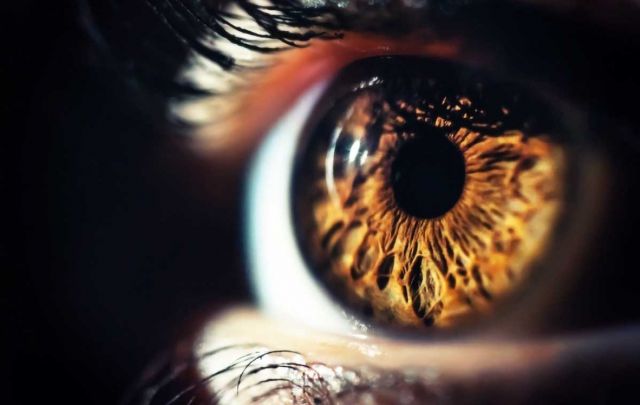Treating Vision Loss
A UCSB team helped create a retinal implant designed to replace support cells damaged by dry age-related macular degeneration.

Age-related macular degeneration (AMD) affects more than 1.75 million individuals in the United States. Because the population is aging, that number will increase to almost 3 million by 2020. Between 80 and 90 percent of cases in this country are the dry version of the condition, for which no effective treatment exists.
Now, a team of doctors, engineers and scientists — including UC Santa Barbara stem cell researchers Dennis Clegg, Lincoln Johnson, Sherry Hikita and Britney Pennington — has published the preliminary results of a first-in-human clinical trial for dry AMD. Four patients received implants consisting of human embryonic stem cell-derived retinal pigment epithelium (RPE), which support light-sensitive photoreceptor cells critical to vision. The phase 1/2A trial, led by Dr. Amir Kashani, is being conducted at the University of Southern California Roski Eye Institute at the campus’s Keck School of Medicine.
Trial participants have advanced disease with geography atrophy — considered a late stage in dry AMD — and very poor visual abilities. The implant, which was shown to be safe, improved the vision of one patient while the condition of the others remained about the same. The trial results appear in the journal Science Translational Medicine.